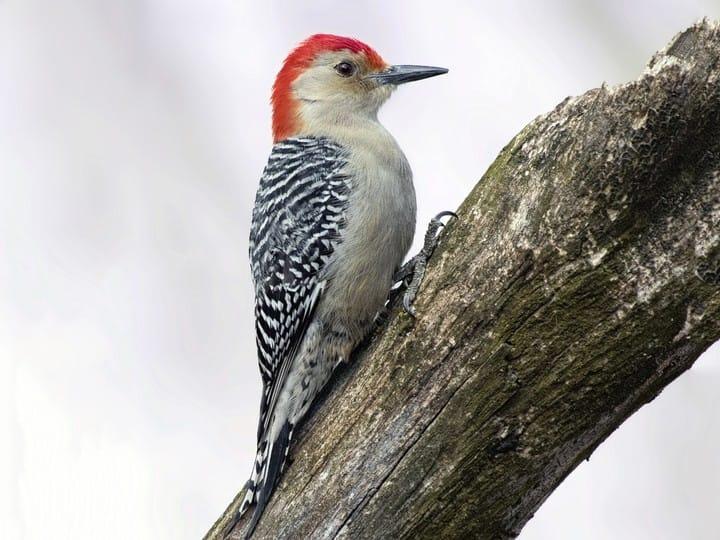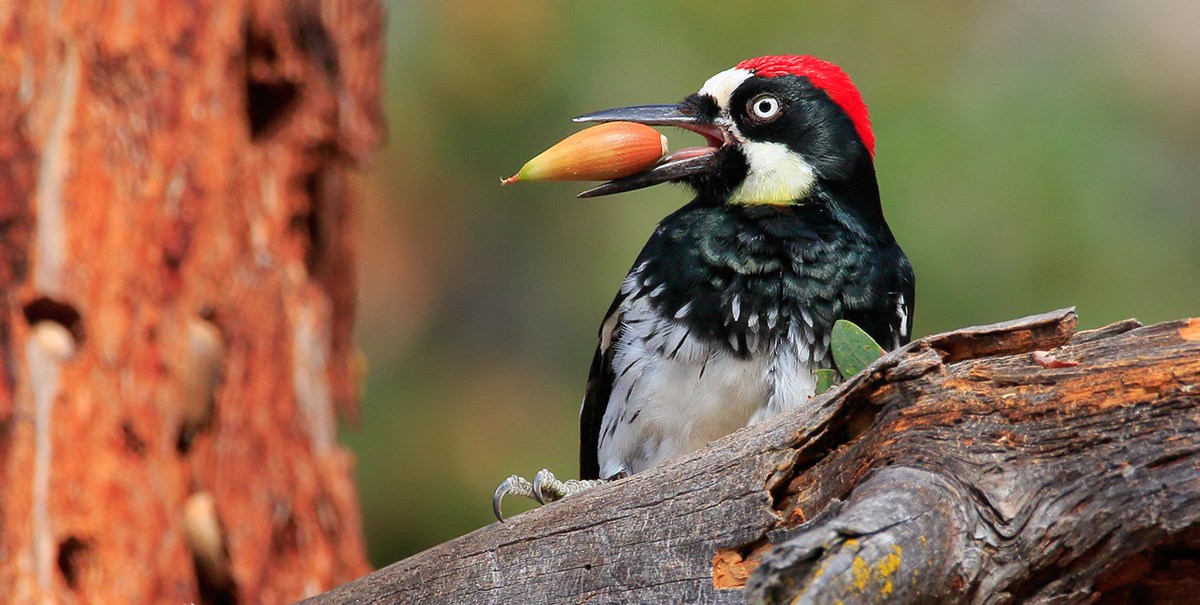Recognizing Woodpeckers in Florida: Habits, Species, and Environments
Wiki Article
Discover the Interesting World of Woodpeckers: Every Little Thing You Need to Know
The world of woodpeckers is a realm full of distinct behaviors, intricate adjustments, and a varied variety of varieties. From their environments and circulation patterns to their feeding routines and specialized anatomical features, woodpeckers have actually long mesmerized the rate of interest of ornithologists and nature lovers alike. Comprehending the ins and outs of these remarkable birds offers a glimpse into the complex interplay between their biology and the environment. As we explore the world of woodpeckers better, we discover a wide range of info that drops light on their value in communities and the challenges they face in an ever-changing globe.Woodpecker Habitats and Distribution
In North America, for example, woodpeckers can be spotted in both coniferous and deciduous forests, using their strong beaks to forage for insects and develop nesting dental caries in trees. In Africa, certain woodpecker types have adjusted to arid atmospheres, such as the acacia timberlands, where they play a vital function in managing insect populations.
Feeding Behaviors and Diet
Woodpeckers utilize their solid beaks to drill right into the bark of trees, probing for bugs and larvae hidden underneath the surface. In enhancement to bugs, woodpeckers likewise eat nuts, seeds, fruits, and sap.Woodpeckers are recognized for their drumming actions, which serves not only to communicate with various other woodpeckers but also to situate food. The fast drumming audio is developed by the bird pecking on powerful surfaces like dead trees or metal poles. This habits can bring in pests concealed in the wood, permitting the woodpecker to detect their presence and eat them.
One-of-a-kind Adaptations for Tree Climbing
In their experienced quest of bugs concealed within tree bark, woodpeckers have actually evolved amazing physiological attributes that furnish them with one-of-a-kind adaptations you could try these out for effective tree climbing. Woodpeckers have solid neck muscular tissues and an unique skull structure that take in the effect of consistent pecking, allowing them to climb vertically without causing injury to their minds. These adaptations display the unbelievable transformative design that makes it possible for woodpeckers to navigate trees with precision and efficiency.Diverse Woodpecker Species Worldwide
With over 200 various varieties spread throughout different environments worldwide, the family of Picidae encompasses an impressive variety of woodpeckers. These birds can be found in forests, woodlands, savannas, and also city locations, showcasing their flexibility to different atmospheres. From the iconic Northern Flicker in North America to the colorful and elusive Crimson-backed Flameback in Asia, each woodpecker species exhibits unique qualities in terms of plumage, actions, and environment preference.Woodpeckers vary greatly in size, with the petite Downy Woodpecker determining around 6-7 inches in length, while the powerful Lineated Woodpecker can rise to 17 inches - Woodpeckers in Florida. Their beaks also can be found in various shapes and dimensions, reflecting their feeding routines. Some species specialize in removing insects from tree bark, like the Acorn Woodpecker, while others, such as the Black-cheeked Woodpecker, feed upon fruits and seeds

Preservation Efforts and Difficulties
Conservation initiatives for woodpecker populaces are vital in mitigating the effect of environment loss and various other risks encountering these varied bird types. Woodpeckers face official source numerous difficulties to their survival, mostly as a result of deforestation, urbanization, climate adjustment, and invasive species. To attend to these concerns, preservation initiatives concentrate on shielding and restoring woodpecker habitats, implementing lasting forestry techniques, and increasing awareness regarding the relevance of these birds in communities.One considerable challenge in woodpecker conservation is the fragmentation of their habitats, bring about separated populations that are a lot more susceptible to extinction over here - Woodpeckers in Florida. Guardians work to create wildlife hallways and protected locations that connect these fragmented environments, permitting woodpeckers to relocate between different areas for feeding, reproducing, and sanctuary

Final Thought
To conclude, woodpeckers are remarkable birds with special adjustments for tree climbing and feeding habits. They can be located in varied habitats worldwide, dealing with preservation challenges due to habitat loss and human activities. Understanding their habitats, diets, and habits is critical for conservation initiatives to secure these crucial bird types. More study and conservation activities are needed to ensure the survival of woodpeckers in the wild.Report this wiki page